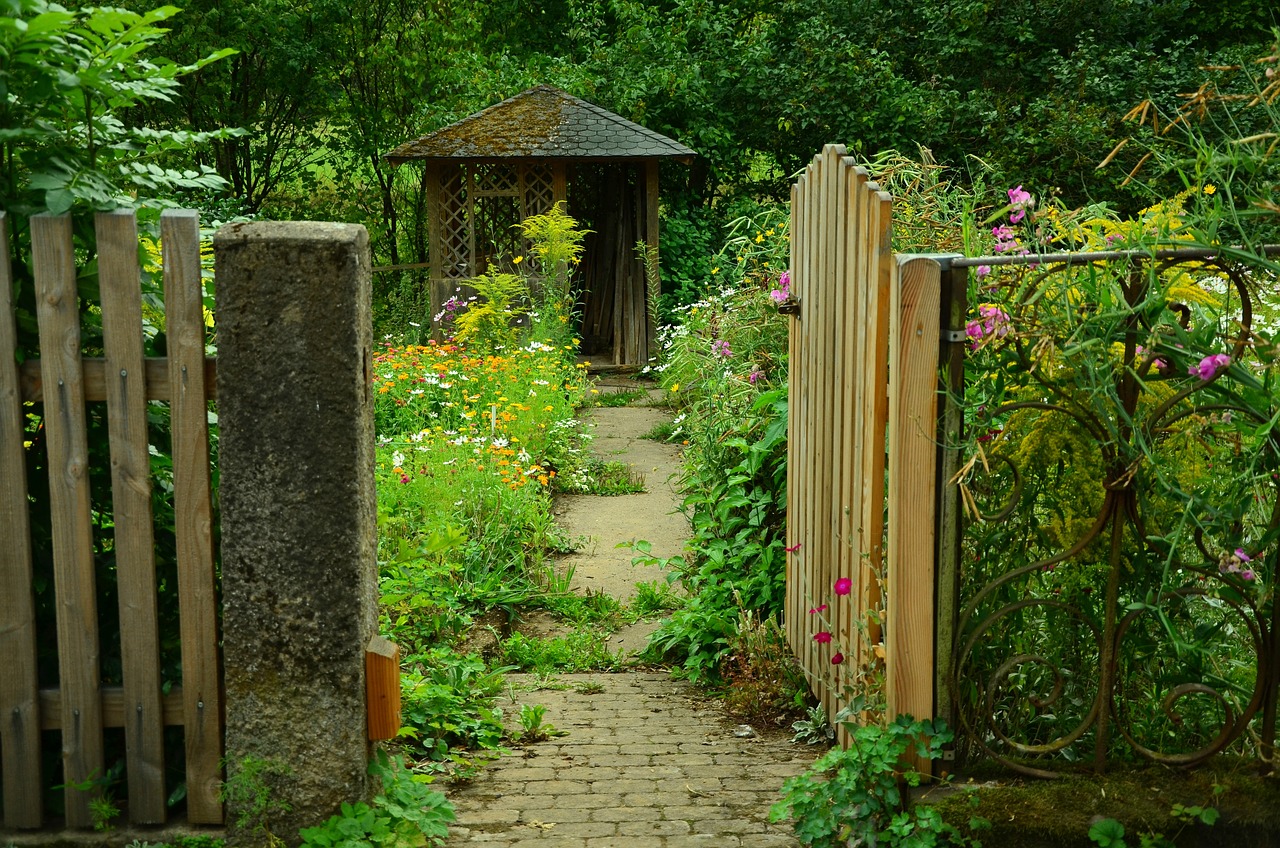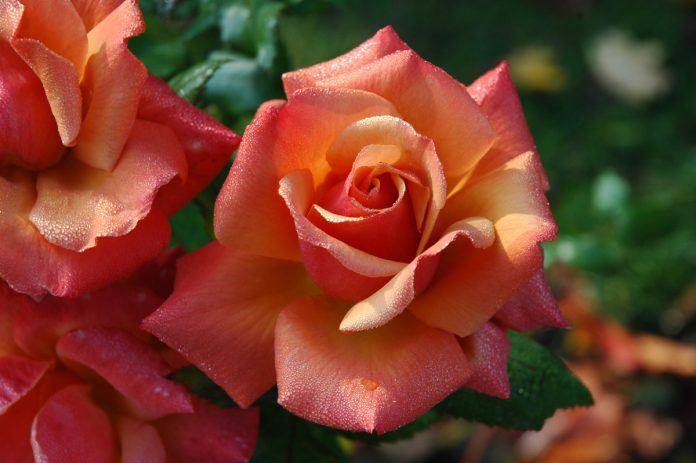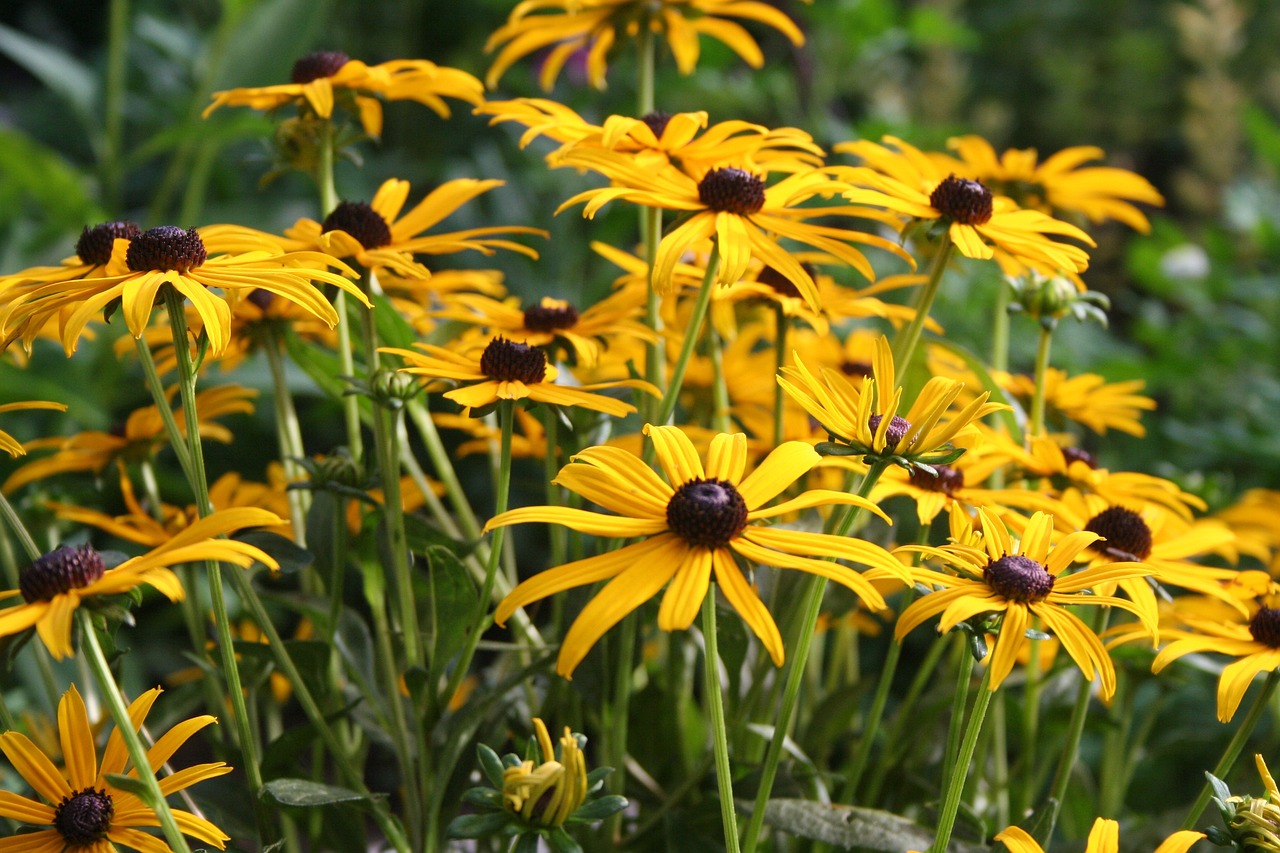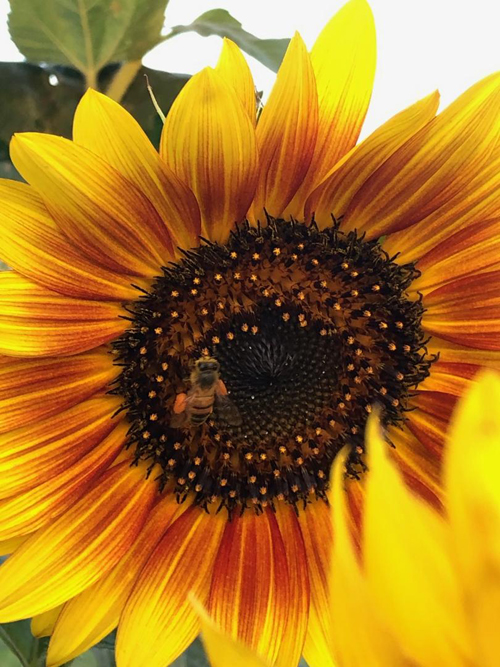Sunflower Seed Treatment and Seeding Practices
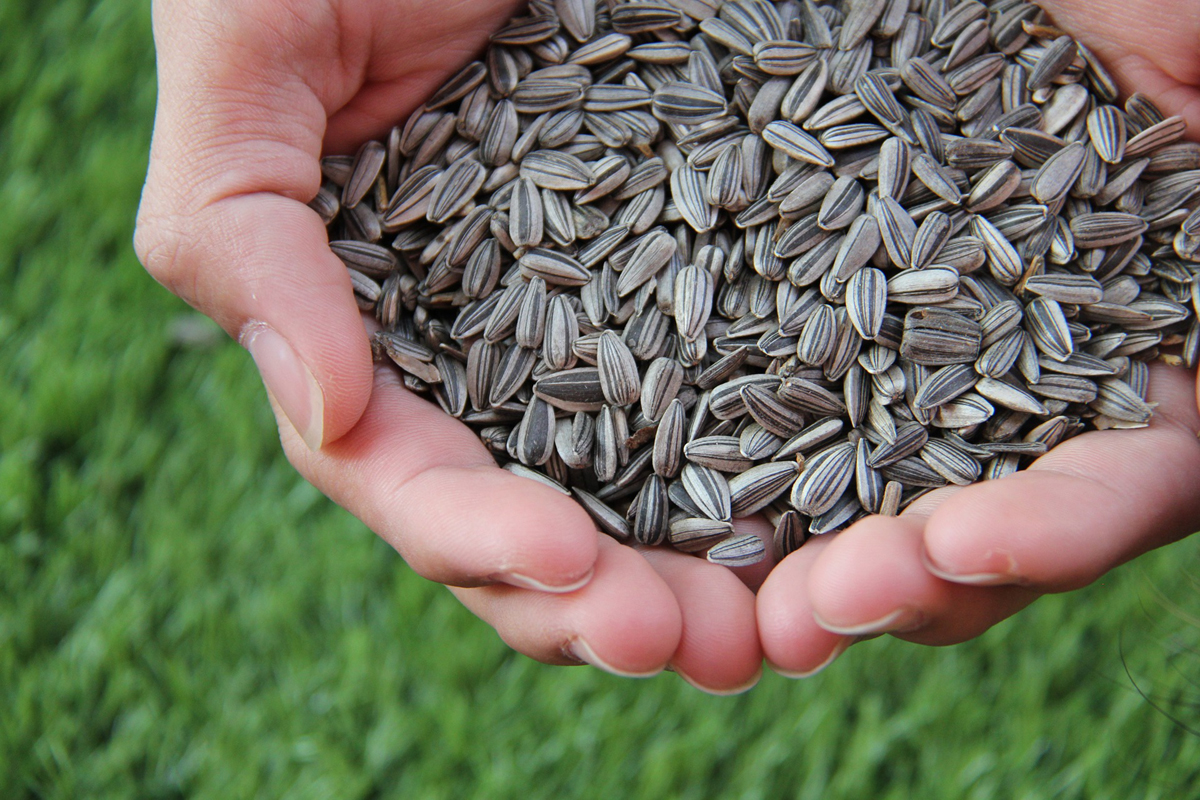
Seed Treatment
Treating sunflower seed with a fungicide may be considered where seeding is done very early when the soil is still cold and germination is delayed. Where wireworms are a problem, use an insecticide seed treatment.
When to Seed
Seed sunflower early, preferably before wheat. The plant has good frost tolerance up to the four-leaf stage. Seeding the cultivars of the maturity range of Corona, Krasnodarets, or Saturn after May 25, or of the maturity of Peredovik after May 15 will increase the risk of damage by early fall frosts, which will reduce yields and seed quality. Seeding in June is not recommended in any province, but particularly in Saskatchewan and Alberta.
Seeding Depth
Sunflower seed has a thick hull and needs good seedbed moisture to germinate. The seed will emerge from as deep as 12 cm. The key to good germination is to seed into moisture. If moisture conditions are adequate, a shallow seeding of 3-5 cm will allow more rapid emergence than deeper seeding. Packers can be used to seal the soil surface and reduce moisture loss through evaporation.
Plant Populations and Row Spacing
Sunflower compensates for differences in plant populations by producing larger seeds and heads at lower populations. Yields are relatively constant through a wide range of populations from 40000 to 85000 plants/ha (16000 to 35000 plants/ac). Row spacing of 30-90 cm have little effect on seed yield. There is no evidence that high populations are best for high rainfall areas and low populations for arid areas on sandy soil as with corn.
Recommended plant populations are different for oilseed and confectionery types because the standards of seed quality differ. For oilseed cultivars the recommended plant population is 40000-75000 plants/ha (16000-30000 plants/ac). Because large seed size is more Important than oil content or test weight in confectionery cultivars, a low population of 37000-44000 plants/ha (15000-18000 plants/ac) is recommended.
In addition to changes in seed size, plant populations affect other important plant characteristics. High populations encourage small heads, which remain upright and dry faster than large heads. Planting at low populations to reduce seed costs results in larger plants, which take longer to dry. As a result, harvesting can be delayed. However, planting at populations above 85000 plants/ha (35000 plants/ac) may result in an increase in lodging and plant height so that seed losses due to shattering and stem breakage become significant. The dwarf cultivar, Corona, is well suited to planting at 75 000 plants/ha (30000 plants/ac) because of its short height and strong stem.
The Author:
aresunflowerseedsgoodforyou


